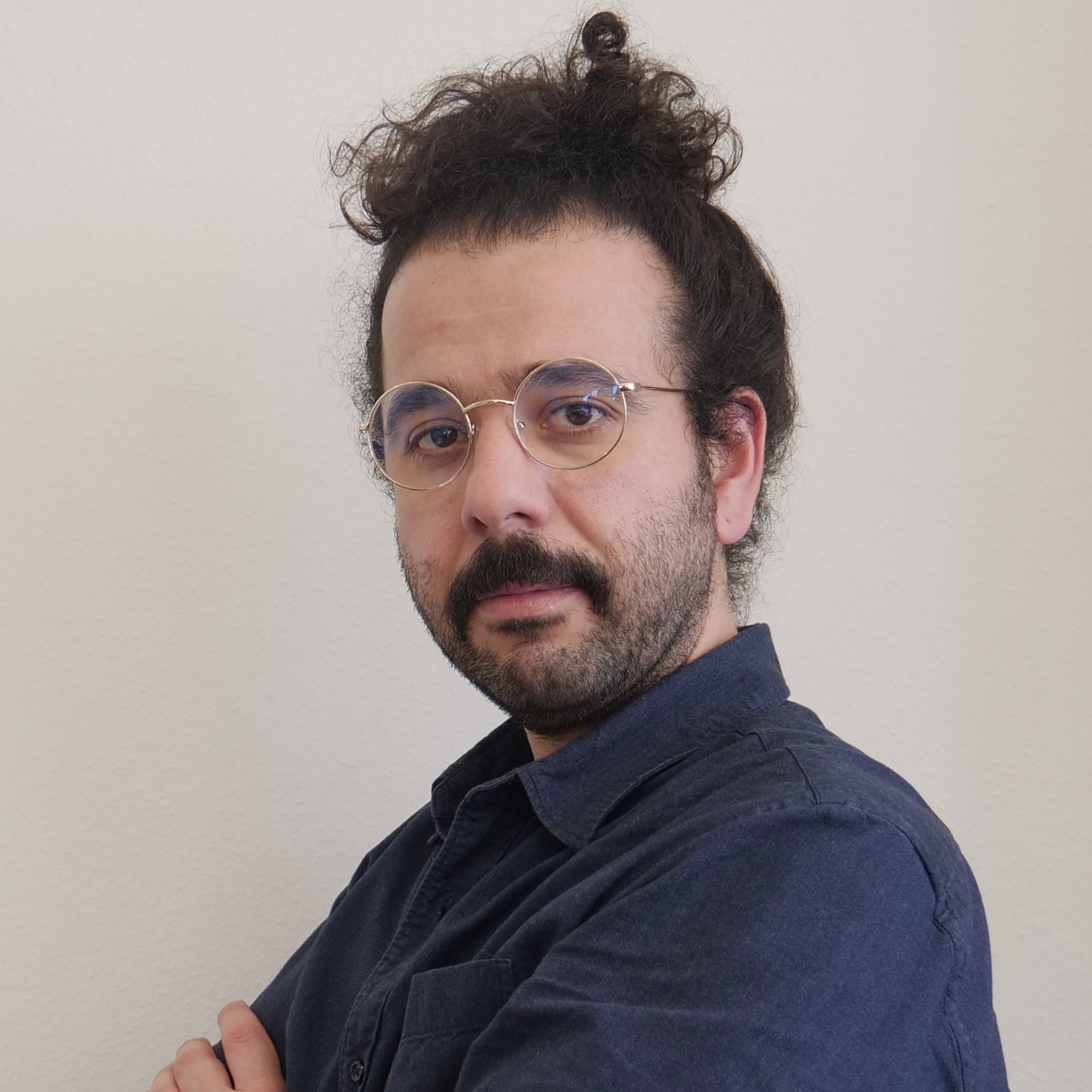Editor’s note: This is part two of a three-part series blog post. For part one, see Orwa Ajjoub’s review, “On Salafism: Concepts and Contexts.“
The second book that covers a different aspect of Sunni Jihadism is Nelly Lahood’s The Jihadis’ Path to Self-Destruction. Lahoud examines the internal dynamics and ideological foundations of jihadi groups, particularly how their ideological disagreement may lead to their downfall or self-destruction. The book aims to address the overarching question of “whether the religious philosophy of jihadis is sustainable and whether it will lead them to realize the Caliphate or Islamic State they aspire to achieve” (p. xvii). Structured into five chapters, Lahoud’s book is designed for selective reading, with each being independently comprehensive. ‘Past and Present Jihadis’, ‘Contesting Islam: The Kharijites’, ‘Islam Re-considered: Islamism and Jihadism’, ‘Why jihad and not Democracy’ and ‘Islam Giveth, Islam Taketh Away: Takfir and Jihad’. Notably, chapter two diverges from the focus on contemporary jihadism to explore the Kharijites, an early Islamic sect that emerged from the political chaos following the assassination of the third Caliph, Uthman, and the subsequent conflict between Ali and Muawiya, who competed for the title of the fourth Caliph. The Kharijites are known for their strict puritanism and the principle that leadership should solely be based on piety, leading to violent conflicts with other Muslim factions and within their own ranks (p. 31-40). This historical examination provides context for understanding modern jihadist ideologies.
Lahoud offers critical reading of the contemporary polemical discourse claiming that because of their violent actions, the jihadist are the heirs of the Kharijites. Also, it considers jihadi response to such accusations and proceeds to present a balanced comparisons between the doctrinal beliefs of the Kharijites and today’s jihadis, most notably their Scripturalism, their individualism in interpreting scriptural, including resorting to takfir and to individual jihad in defence if their religious principles. This approach in dealing with the ‘other’, according to Lahoud is what separated the Kharijites from the larger Muslim community and is separating contemporary jihadis from the rest of the Muslim community. Yet, significant differences exist. Today’s jihadis look up to the salaf al-salihin (the pious predecessors; the first three generations of Muslims) as exemplary figures, whereas the Kharijites opposed this emerging orthodoxy, which they saw as a betrayal of God’s law. ‘The Islam challenged by the Kharijites is the same Islam that jihadis aim to restore… The Kharijites opposed an Islam evolving into an empire, whereas jihadis oppose an Islam diminishing into nation-states’ (p. 94). While such argument could partly explain why jihadi group fight each other’s, it seems to overlook other factors (social, political and personal) that could influence jihadis leaders’ decision to peruse inter and intra group violence. In other words, the argument places too much emphasis on the role ideology plays in legitimizing violence among jihads.
A central argument running through the book is that internal divisions among jihadis, that is based on their ideological rigidity, significantly hinder their unity, like the historical Kharijites whose doctrinal inflexibility led to internal strife (p. 54). Notably, the book’s 2010 publication predated the Islamic State’s caliphate declaration by four years, providing a context for evaluating Lahoud’s hypothesis. Although internal ideological conflicts have played an important role in weakening of the Islamic State, the group initially overcame these disputes, declaring a caliphate in 2014 and controlling vast territories in Syria and Iraq. While Lahoud’s argument was vindicated by the group’s internal divisions contributing to its downfall, external pressures, such as the US-led coalition’s military intervention, were decisive in ending the Islamic State’s territorial control in March 2019. Nonetheless, the jihadis managed to maintain their caliphate for around two years.
Political Islam or Islamism has long been the accepted conceptual umbrella under which jihadi groups have been studied. This approach has led some to categorize jihadis as Islamists, a classification that Lahoud challenges by highlighting the ideological and political differences between jihadis and other groups like the Muslim Brotherhood, which are more accurately described as Islamists (p. 98). While Islamists emphasize allegiance to their group and leaders, functioning within the confines of nation-state politics and prioritizing extensive religious education for their followers before any action, Jihadis, on the other hand, reject the nation-state concept, favor enthusiasm over religious education, and support individual autonomy in interpretation and decision-making (p. 149).
One of the significant contributions of the book is its examination of why jihadis leave their countries for jihad in places where death could be imminent. Given the book’s intense focus on the textual analysis of jihadi intellectual outputs, a more precise question might be what ideas and arguments from jihadi ideologues legitimize these actions. Under the title ‘From Islamization to Jihadization of Islam,’ Lahoud traces the conceptual evolution of jihad and how the concept has been radicalized from the 1960s with Islamist Muslim Brotherhood ideologue Sayyid Qutb to other ideologues who transformed it into a doctrinal issue (p. 117). This aligns with Bishara’s argument about the evolution of Salafi thought across different historical epochs.
The book is detailed and dense, which may present a challenge for those not already versed in the subject. However, scholars interested in the theological and philosophical aspects of jihadism will discover essential insights necessary for understanding the complexities of this phenomenon.


